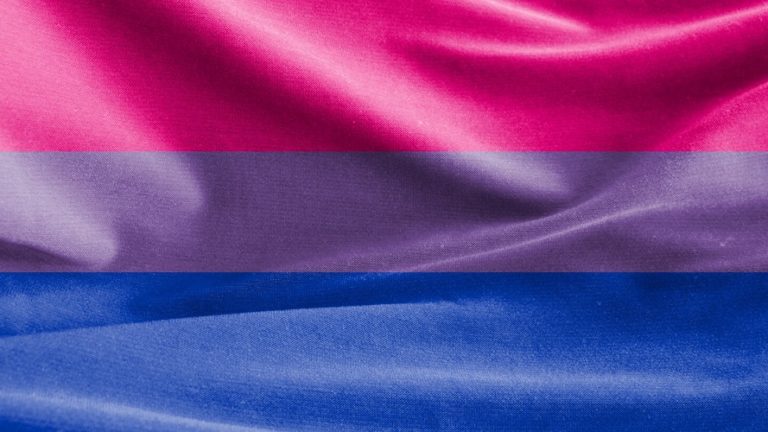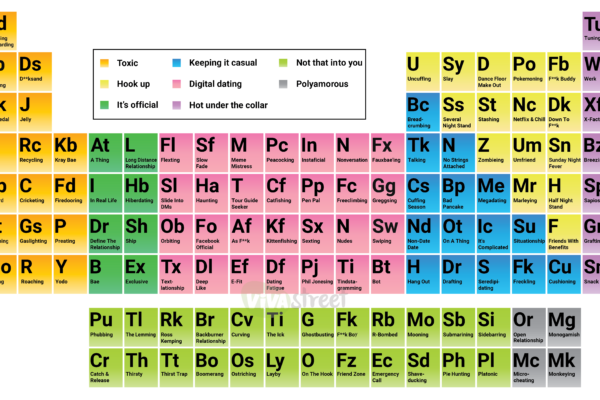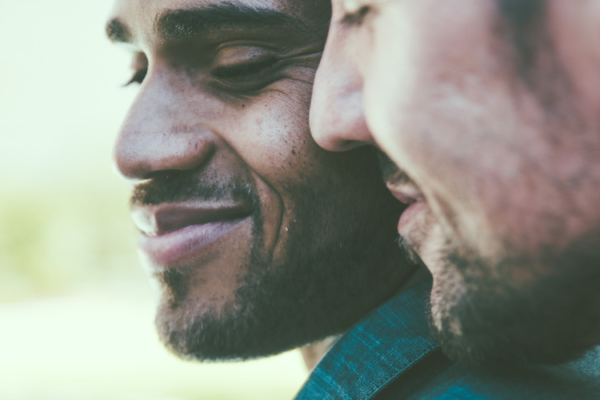Despite very much being in the LGBT umbrella, (it’s worth remembering that the B in LGBT stands for bisexual), in recent years there seems to be various misconceptions about bisexuality, all of which have mostly worked to disregard bisexuality as a recognised sexual identity.
With supposedly clearer definitions for those identifying as gay or lesbian, many people who identify as bisexual continue to struggle.
It is perhaps no surprise that many bisexual people end up identifying either as straight or gay, just to be socially accepted by their peers, while avoiding unwarranted biphobia.
- What is bisexuality and what does it mean to be bisexual?
- How do you know if you’re bisexual?
- The stigmas linked to bisexuality
- Bisexual vs. Pansexual? What is the difference?
- Charities available?
- Final thoughts on being and identifying as bisexual
What is bisexuality and what does it mean to be bisexual?
While bisexuality involves an attraction to both men and women, even this basic definition causes confusion, due to many people identifying as more than one gender.

As gender today is far more fluid than just two choices, this has meant that some people feel the basic definition of bisexuality doesn’t really apply.
However, in keeping it simple, being bisexual merely refers to having feelings for both men and women, whether emotionally or sexually.
This means, rather than having what was considered conventional thoughts and feelings for a member of the opposite sex, bisexuality also encourages that same sense of feelings for a member of the same sex also.
In the same way, as a heterosexual person is attracted to members of the opposite sex, gay men are attracted to men, and lesbian women are attracted to women – those that are bisexual develop some strong feelings for men and women and find either sex appealing.
How do you know if you’re bisexual?
Most people become aware of their bisexuality when they begin to develop feelings for both people of the same sex and those of the opposite sex.
These feelings are stronger than those linked with friendships and are usually more emotional, both physically and mentally
Some people find these feelings begin at a very early age, around primary or secondary school life.
Some find they may develop later into their teenage years or when they become adults.
Some people may even discover they’re bisexual when they’re married or happily living with a partner.
Yet, at any stage, many people who believe they may be bisexual will often push those nagging feelings away and refuse to acknowledge them for fear of stigma.
The truth is, there’s no time scale for when and how you discover whether you’re bisexual.
It’s all simply a process and should be allowed to take its natural course.
The stigmas linked to bisexuality
Unfortunately, with the discussion of bisexuality comes stigma. It is not uncommon for bisexual people to feel that their choice is somehow devalued by their gay and heterosexual peers.
Some find it difficult to define and label someone who identifies as bisexual, so in this case, the biggest stigma comes from a lack of understanding.
This is especially problematic for those who refuse to comprehend that it’s possible to be attracted to more than one sex.
Though most people identifying as gay and lesbian also face prejudice, they can at least be identified by the people they are attracted to.
With bisexuality, it isn’t necessarily that clear-cut.
i. Bisexuality is grossly misrepresented in the media

When a celebrity, pop star, or well-known face comes out as bisexual (t.A.T.u anyone?), they drum up instant publicity.
But problems arise when such stars decide to use bisexuality as a way of increasing their fame – especially when they aren’t actually bisexual.
Some pop stars are the worse culprits of this, with many of them appearing in a video and performing sexually around members of the same sex, merely to play up to the cameras.
Most of the time, the star in question isn’t bisexual – rather, they are queer-baiting and playing to media attention.
This is because, in the media, sex sells – and nowhere is it more profitable (unfortunately) than suggesting bisexuality, especially amongst women.
What this does is undermine the whole concept of bisexuality.
ii. The common misconceptions regarding bisexuality
Ask anyone identifying as bisexual, and you’ll be guaranteed to find they’ve encountered some common misconceptions about their sexuality at some point in their life.
The most common phrases bisexual people regularly encounter include:
-
- Bisexual people aren’t serious about relationships, or they’re commitment-phobes
- Bisexual people are confused because they can’t decide
- Bisexual people are selfish because they want the best of both worlds
- Those who claim to be bisexual are just playing at it
- Being bisexual is just a phase youngsters go through
- Bisexual women are just trying to appeal to men
- Bisexuality is just temporary until a person has tried both sides
- Those who think they’re bisexual are really gay or lesbian
- Bisexual people will automatically fancy me
- You can only be bisexual if you’ve had a relationship with both a man and a woman
Bisexual vs. Pansexual – What’s the difference?
What is the difference? For those struggling to come to terms with or understand bisexuality, recent years have seen an expansion of terminology, to define sexuality further.
One of these terms gaining momentum is that of pansexual. To be pansexual is to be attracted, whether physically or emotionally, to people of all sexes and all genders.
This can mean that the other person is a woman, a man, transgender, or someone who defines themselves as non-gendered (amongst other definitions).
Whereas bisexual tends to refer to liking someone of the same and opposite sex (that is men and women), pansexual accounts for all people regardless of how they present themselves or define themselves.
Those who identify as pansexual say they’re attracted to people, rather than define certain gender types
Bisexual people, though, tend to be able to label their affections as men or women.
Charities available
For those looking for support or help coming to terms with their bisexuality, there are plentiful charities offering support, access to further information, and guidance.
Some fantastic LGBT charities worldwide promote various opportunities to get involved, such as Stonewall and Mind to name a couple.
These charities also work hard on educating and continually improving the lives of those identifying as bisexual.
Final thoughts
Ultimately, exactly what bisexuality means to one person may not mean the same to another.
In its most basic form, bisexuality is a sense of being comfortable liking both women and men, while not having to explain why or offer any reasonable explanation for doing so.
For some people, it’s obvious; for others, it’s not as clear. But, the term bisexual is real, it’s important, and it should be respected.
Most importantly, it should be enjoyed and celebrated by anybody who willingly chooses to be identified by it.





